- This will keep Laos on the path to becoming a Southeast Asian battery

Thailand’s economic recession during the coronavirus pandemic has led to a drop in electricity demand. Officials estimate that the current electricity reserve exceeds 50% of the total capacity. Despite the surplus, Laos, Thailand’s largest electricity supplier, is still developing hydroelectric dams.
Critics say that these projects are not driven by actual power demand, but by energy stakeholders seeking profit, including the Lao government, which ambitiously hopes Laos will become a "battery of Southeast Asia."
Construction of the Xayaburi Dam is opposed by environmentalists
"Supply exceeds demand, so why are they still building dams? Pianporn Deetes, the head of activities for International Rivers (an environmental NGO) said.
Dam keeps money flowing
Thai construction companies play an important role in the financing and development of dam projects in Laos. The Xayaburi Dam is the first dam built on the lower Mekong River. It was built in Laos, but the construction and financing were led by a Thai company.
For Thai construction companies and financial institutions, investing in hydropower projects on this 2,390-kilometer (1485-mile) river is a lucrative business. The river flows from China, passes through Laos, Myanmar, Thailand and Cambodia, and finally flows into the Mekong Delta and the South China Sea in Vietnam.

The Mekong River is the lifeline of more than 60 million people in Southeast Asia
The Xayaburi Dam was completed in 2019 and eventually cost US$3.8 billion. According to the purchase agreement reached with the Electricity Generation Authority of Thailand (EGAT), Xayaburi Electric Power Co., Ltd. (XPCL) is expected to receive annual revenue of US$466 million (EUR 383 million) for 31 years.
The Thai Power Generation Authority can also pass on the cost of excessive investment in infrastructure to consumers through tax increases in accordance with Thailand's so-called "cost plus tariff" system. Such incentives stimulate the continuous expansion of the system and tend to overestimate demand.
Dam without demand
Laos has built more than 50 dams in the past 15 years. Although rampant construction in Laos has surpassed electricity demand, there are still 50 dams under construction in rivers and creeks across the country.
Courtney Weatherby of the Southeast Asia and Energy, Water and Sustainability Project of the Stimson Center in Washington said that Thailand and China’s Yunnan Province have experienced power surplus in recent years, “resulting in limited interest in buying more electricity from Laos in the short term”. The analyst added that in the region, the cost of alternative energy sources such as solar energy is also "declining steadily" and is far cheaper than many new hydropower projects.
Wetherby said: "Even if there are no identified electricity buyers in Laos, it is determined to promote a series of new large-scale hydropower projects. This can be seen as an addiction to familiar technologies and development processes."
Has Thailand lost interest?
The largest dam project in Laos is the Chinese-funded Sanakham Dam, which is being constructed about 2 kilometers upstream of the border between Laos and Thailand.
Brian Eller, director of the Stimson Center’s Southeast Asia Project, said that not all Thai government stakeholders have expressed strong support for the new dam. For example, Thailand’s National Water Resources Office has warned that Thailand may refuse to buy electricity from dams, citing concerns about environmental impact.

Thailand’s opposition to the Shanakam Dam could mean the end of the project, even if investors count on the Thai Energy Authority to become a major customer for power generation. Ayler stated that “mainstream dams are so big that they will not be built without the power market to support them. It’s that simple.” He added: “Without a power purchase agreement, investment will not occur, regardless of construction companies and Laos. How well the government is performing, the dam is proceeding as planned."
Eyler believes that the solution may be to boycott the power generation of the new Mekong mainstream dams on a regional scale while shifting to the development of other renewable energy sources, which will keep Laos "on the path to becoming a Southeast Asian battery." Laos, as a landlocked country, has almost no choice and should do so.Editor/Huang Lijun
Comment
 Praise
Praise
 Collect
Collect
 Comment
Comment
 Search
Search


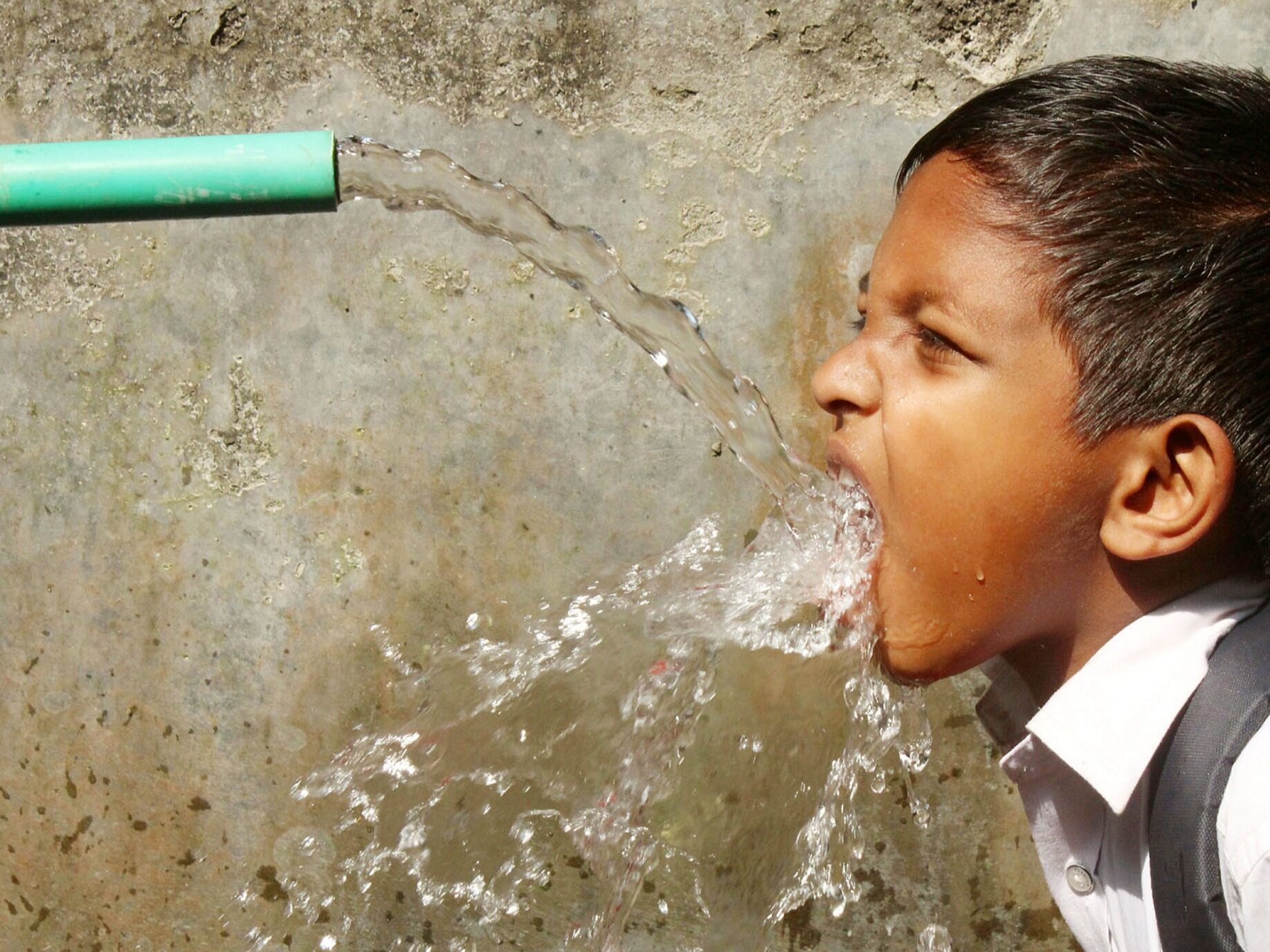
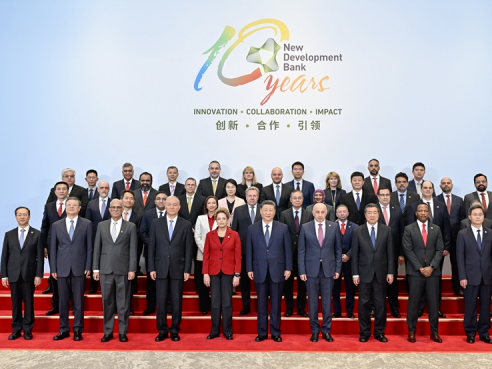
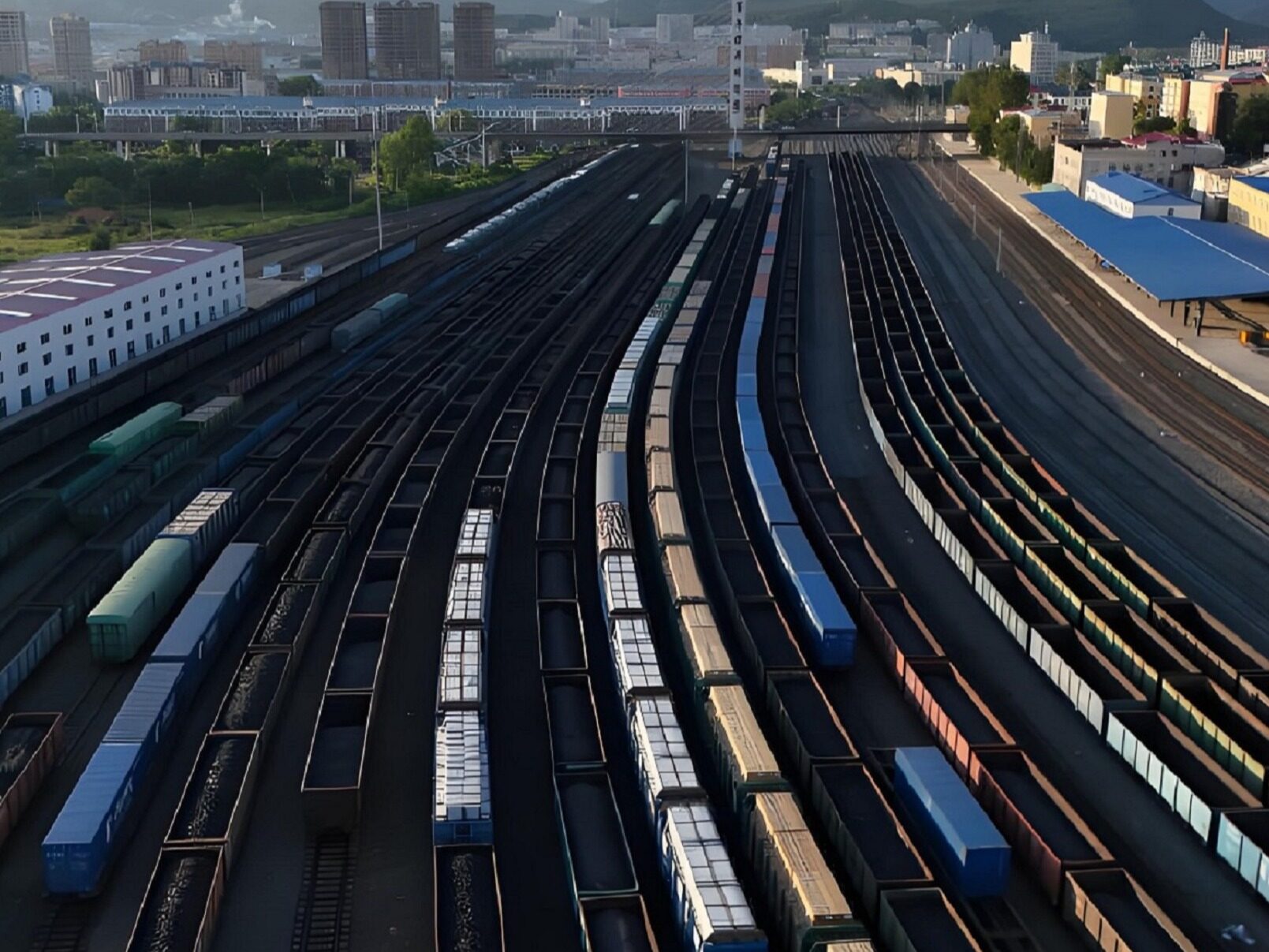
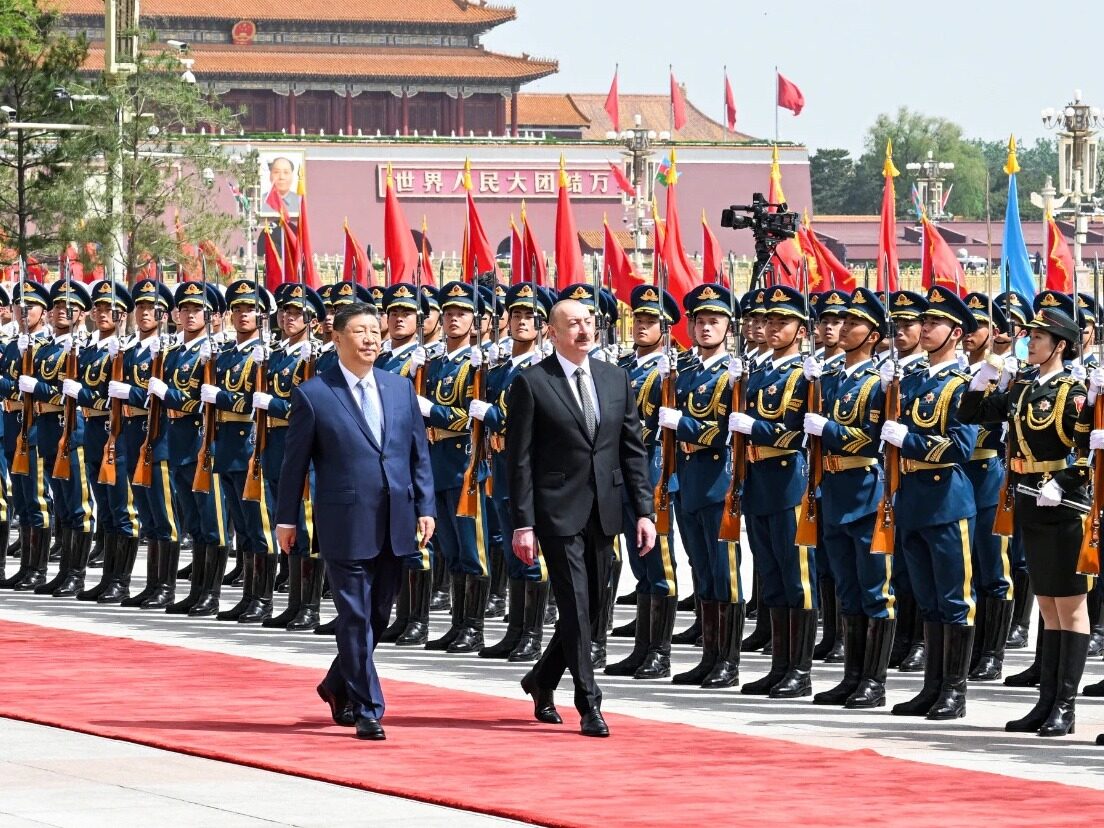
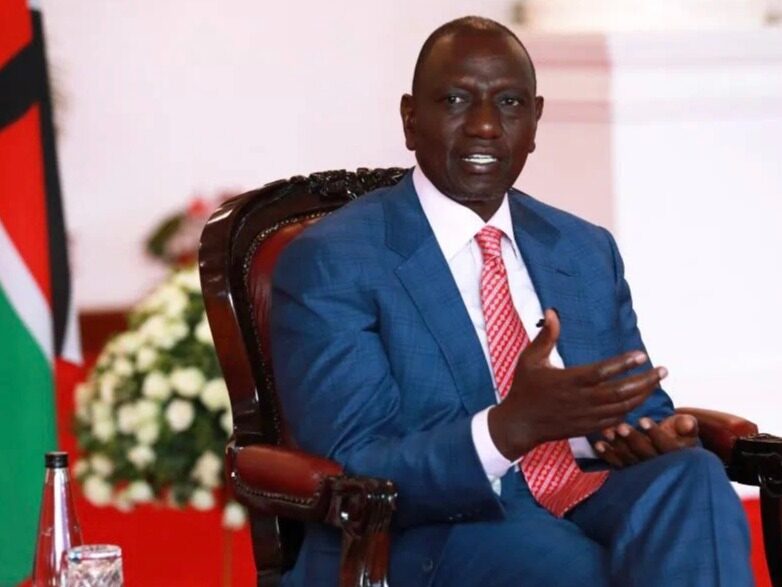
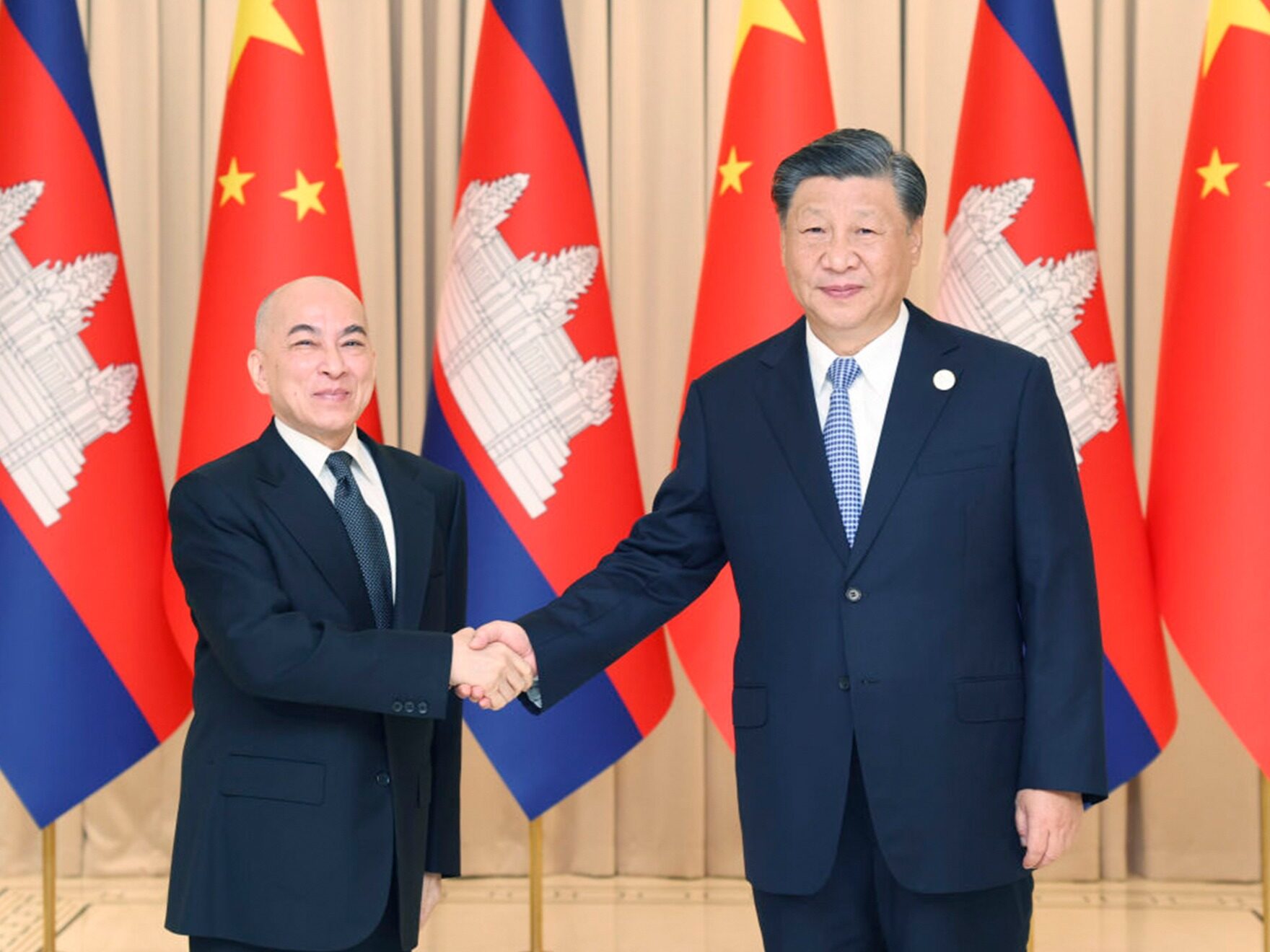






Write something~